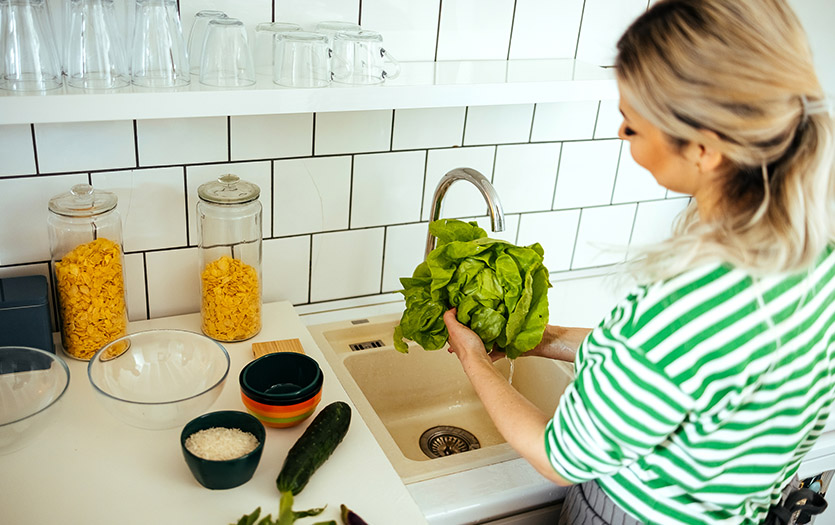Insightful Bytes
Exploring the world one byte at a time.
Bacteria Buffet: How to Avoid the Dangers on Your Plate
Discover hidden food hazards! Learn how to keep your meals safe and avoid the dangers lurking on your plate. Read more to protect your health!
Top 10 Bacteria to Watch Out For in Your Food
When it comes to food safety, being aware of harmful bacteria is crucial. Salmonella, often found in raw meats and eggs, is notorious for causing foodborne illness. It can lead to symptoms like fever, diarrhea, and abdominal cramps, making it essential to cook foods thoroughly. Another common bacterium is Escherichia coli (E. coli), which can be present in undercooked beef and contaminated vegetables. Certain strains can cause severe illness, emphasizing the importance of proper hygiene and cooking practices in the kitchen.
Additionally, Listeria monocytogenes is a bacterium that thrives in cold environments and can be found in deli meats and unpasteurized dairy products. Pregnant women should be particularly cautious, as it can lead to serious complications. It's also important to be aware of Campylobacter, commonly linked to poultry, which can result in gastrointestinal inflammation. By knowing these top bacteria to watch out for, you can take proactive steps to protect yourself and your loved ones.

How to Properly Store and Cook Food to Prevent Bacterial Infection
Properly storing food is crucial in preventing bacterial infection. Start by ensuring your refrigerator is set to 40°F (4°C) or below to inhibit bacterial growth. Always store raw meats separately from other foods to avoid cross-contamination. Utilize airtight containers or heavy-duty wraps to keep your food fresh and safe. Remember to label your leftovers with dates to keep track of how long they’ve been stored. If you’re unsure about the freshness of a food item, it’s wise to err on the side of caution and discard it.
When it comes to cooking food, achieving the right temperature is essential to kill harmful bacteria. Use a food thermometer to ensure meats reach a safe internal temperature: 165°F (74°C) for poultry, 145°F (63°C) for beef, pork, and lamb, and 160°F (71°C) for ground meats. Additionally, always wash your hands, utensils, and surfaces before and after handling food to minimize the risk of contamination. Following these practices not only enhances food safety but also protects your health from bacterial infections.
Are You Eating Your Way to Better Gut Health? The Role of Good Bacteria
Maintaining gut health is crucial for overall well-being, and the role of good bacteria cannot be overstated. These beneficial microorganisms, often referred to as probiotics, help in the breakdown of food, absorption of nutrients, and maintaining a healthy balance in the gut flora. By incorporating foods rich in these good bacteria into your diet, such as yogurt, kefir, sauerkraut, and kimchi, you can significantly enhance your digestive health and potentially ward off various gastrointestinal issues.
However, it's not just about adding probiotics; you also need to consider prebiotics, which are the fibers that feed these good bacteria. Foods like bananas, onions, garlic, and whole grains act as fuel for probiotics, promoting their growth and activity in the gut. By adopting a gut health-friendly diet that includes both probiotics and prebiotics, you can create an environment that fosters good bacteria, leading to improved digestion, stronger immunity, and better overall health.